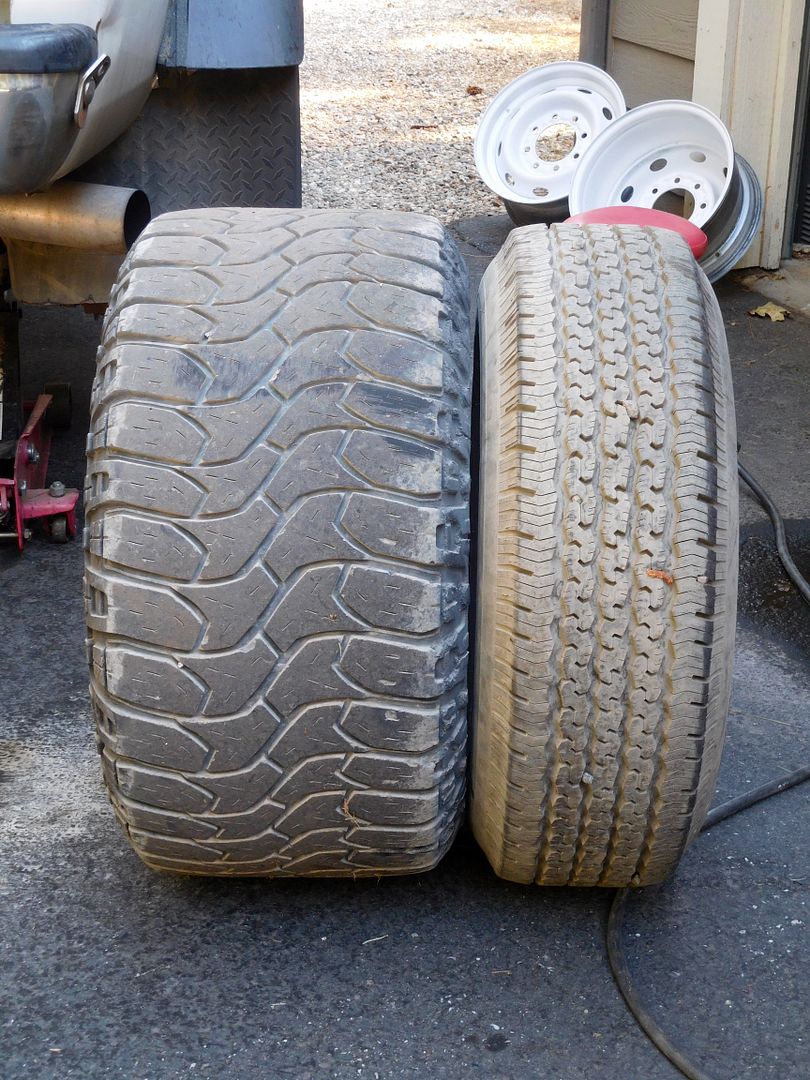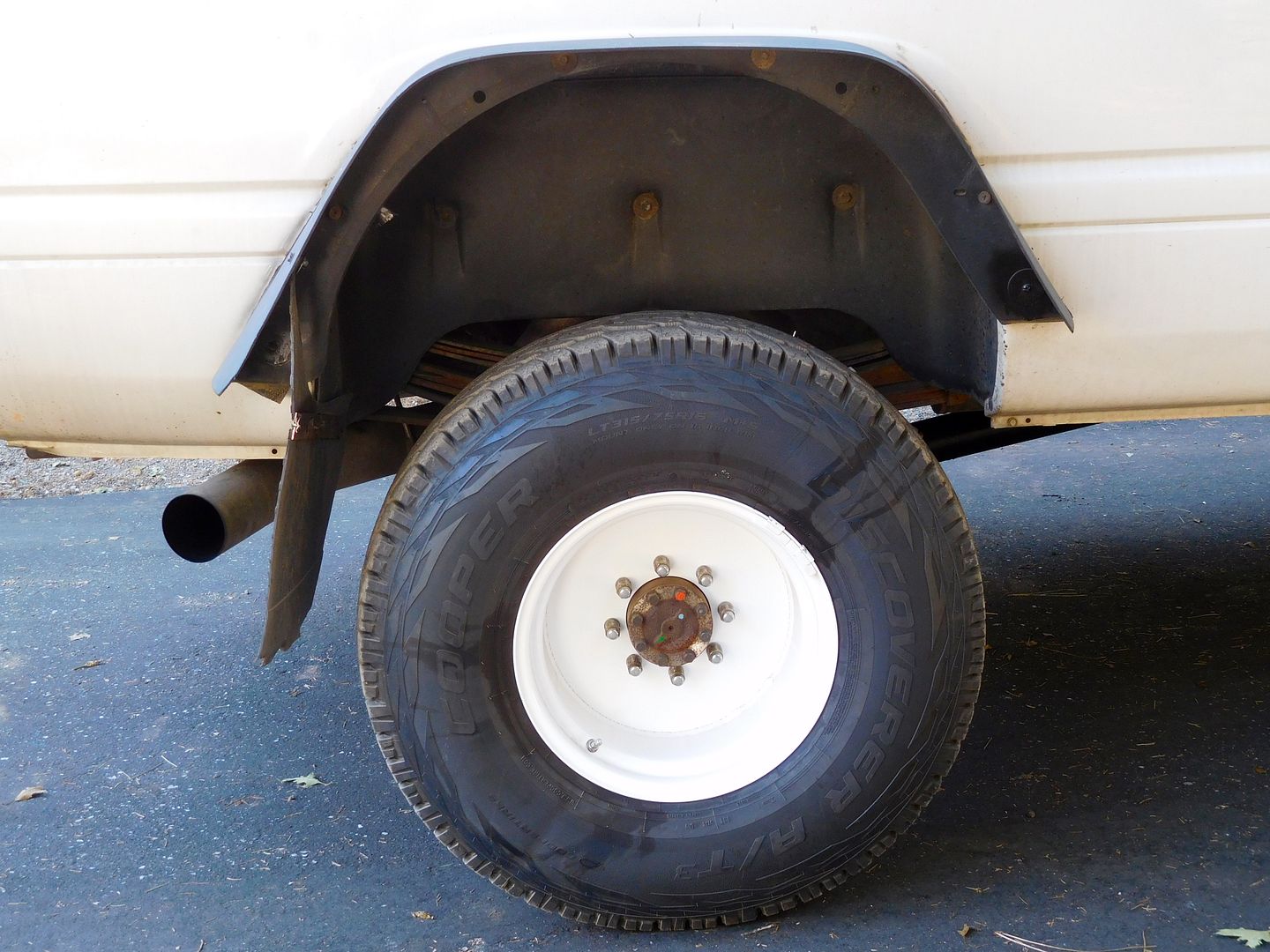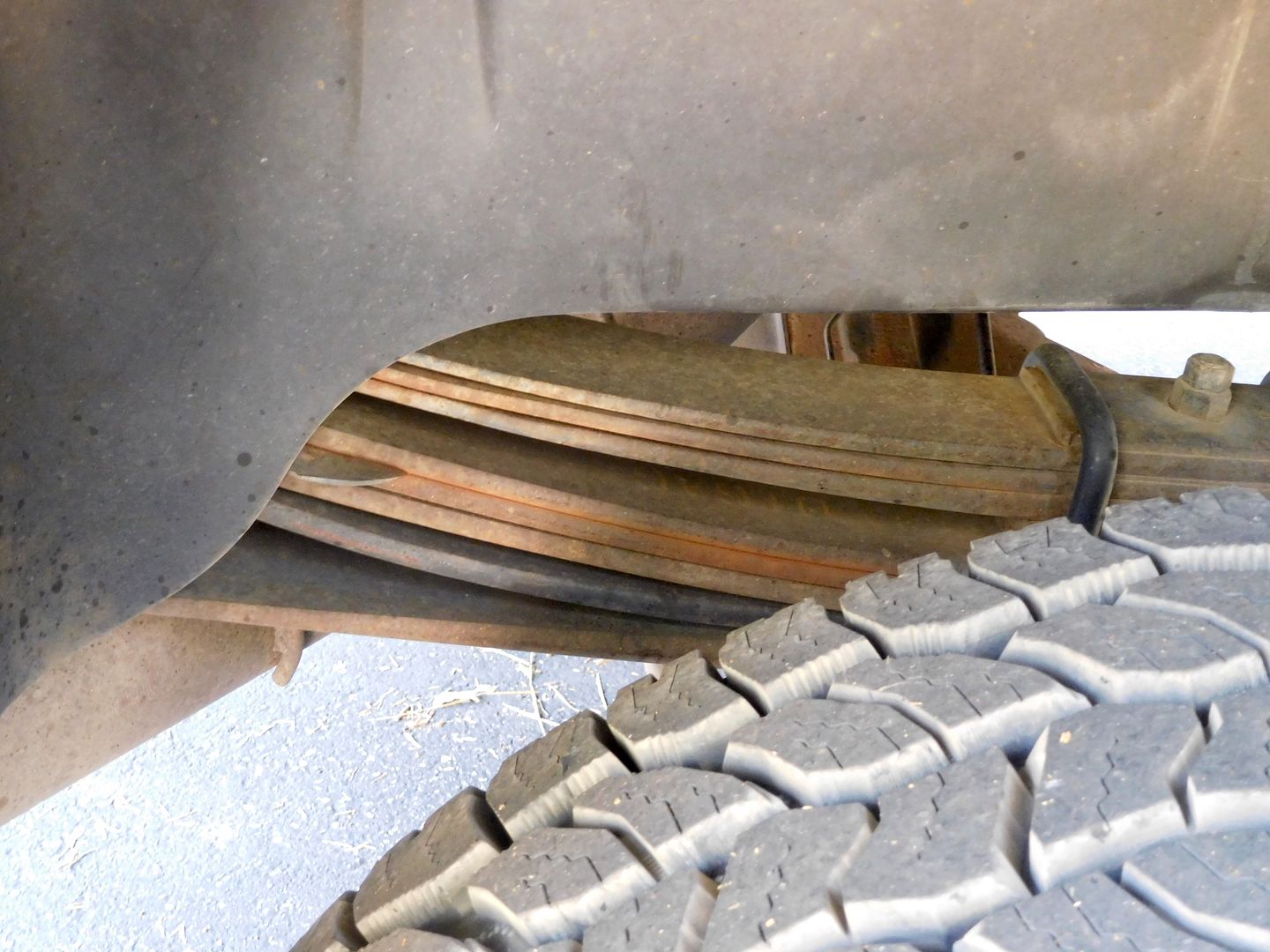My biggest question about a DRW, if I were to make the switch instead of just going to a load range F tire, is are they really that much more stable? I know a lot of people claim that they are, but I can't help but wonder if that's just not because they traded in their SRW on an expensive new truck, and they just want to feel like it's better. I will concede that the DRW will obviously carry the load better, you've got double the tire and wheel, so the load is dispersed much more evenly. The DRW and SRW both have the exact same suspension (at least comparing 3500 to 3500, a 3/4 to a 1 ton would obviously be a different story). The amount of sway should be the same in either rig, shouldn't it? The DRW is going to be harder to tip over in an off-road situation, or when going around a corner or similar situation, but it's still going to feel the same inside the cab isn't it? You're still going to have just as much lean, you'd just have a slightly reduced tipping point in the DRW right?
Thoughts? Other pro's or con's of SRW vs DRW I'm missing? I think it's either a DRW or load range F tires and forged wheels.




